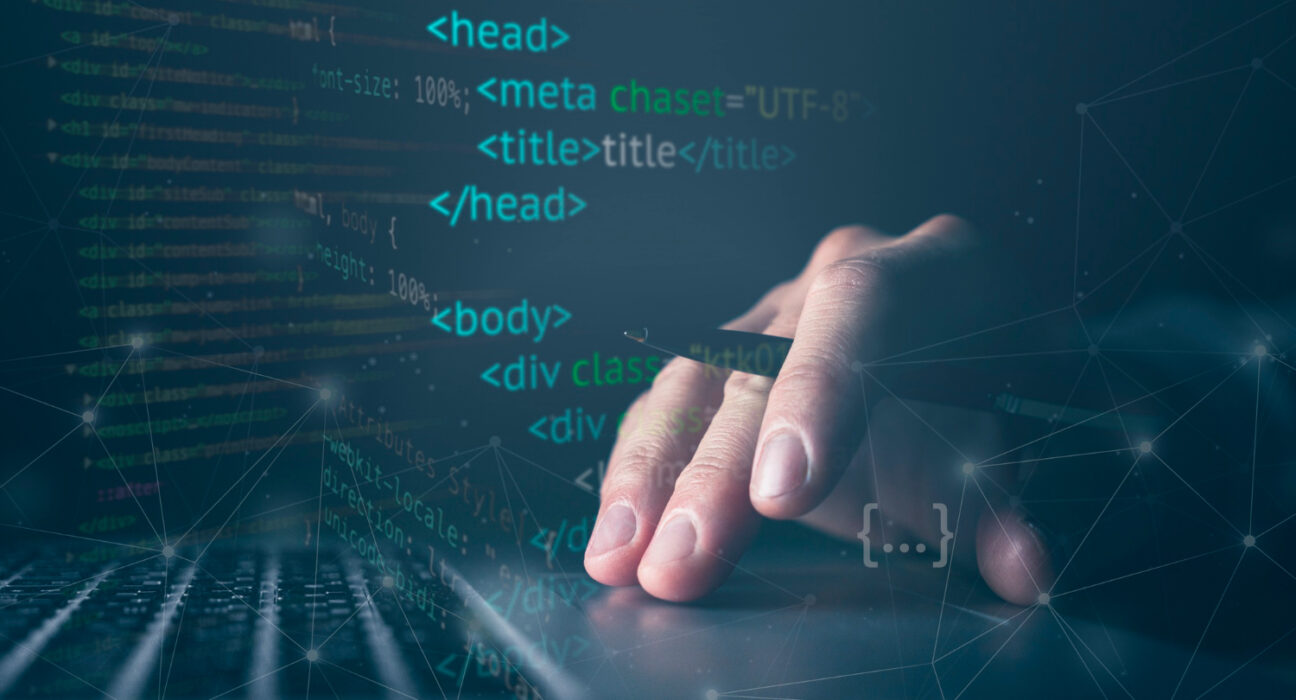Python is a versatile programming language widely used for web development, data analysis, artificial intelligence, and more. Writing clean and readable Python code is essential not only for collaboration with other developers but also for the maintenance and scalability of your projects. This article will explore some best practices that will help you produce clean and organised python programming, making it easier to understand, debug, and maintain.
Follow PEP 8 Guidelines
PEP 8, the Python Enhancement Proposal 8, is the official style guide for Python code. Adhering to PEP 8 ensures consistency in your codebase, making it more readable and comprehensible for others. Some key points from PEP 8 include:
- Limit line length to 79 characters to ensure code fits on most screens and avoids horizontal scrolling.
- Use four spaces for indentation instead of tabs to maintain consistent formatting.
- Keep import statements on separate lines and group them logically.
- Use meaningful variable and function names that convey their purpose.
Document Your Code
Clear and concise documentation is crucial for understanding code, especially when working in a team. Use comments and docstrings to explain the purpose of functions, classes, and complex sections of code. Follow the Google docstring format or other commonly used conventions to ensure consistency across your projects.
By documenting your code, you enable others to understand your thought process, making it easier for them to contribute to the project or troubleshoot issues. Moreover, well-documented code also improves the maintainability of your project in the long run.
Break Your Code into Functions
Divide your code into small, manageable functions, each responsible for a specific task. This practice, known as function decomposition, improves code readability and makes it easy to understand the overall logic. Shorter functions are generally easier to debug and test, promoting code reuse and maintainability.
Use Descriptive Variable Names
Selecting meaningful variable names is crucial for code readability. Avoid using single-letter variable names or ambiguous abbreviations, as they make it difficult for others (and even yourself) to comprehend the purpose of the variables. Instead, choose descriptive names that clearly represent the data or the operation they are associated with.
For example:
# Avoid:
a = 10
b = 5
# Prefer:
base_length = 10
height = 5
Handle Exceptions Appropriately
When writing Python code, you will inevitably encounter exceptions or errors. It is essential to handle these exceptions appropriately to prevent program crashes and improve the user experience. Use try, except, and finally blocks to manage exceptions gracefully and provide helpful error messages.
Optimise Loops and List Comprehensions
Python offers several ways to iterate over sequences, such as for loops and list comprehensions. Whenever possible, use list comprehensions or generator expressions instead of traditional loops, as they often lead to more concise and readable code.
For example:
# Traditional for loop:
squares = []
for num in range(1, 11):
squares.append(num ** 2)
# List comprehension:
squares = [num ** 2 for num in range(1, 11)]
Avoid Deep Nesting
Deeply nested code can quickly become convoluted and challenging to follow. Strive to keep the level of nesting to a minimum. If you find your code becoming too deeply nested, consider refactoring it into smaller functions or using early returns to simplify the logic.
Write Unit Tests
Unit tests are essential for verifying that your code behaves as expected and catching any regressions when making changes. By incorporating unit tests, you not only ensure the correctness of your code but also provide living documentation of how your code should work.
In conclusion, writing clean and readable python programming is a valuable skill that enhances the collaboration, maintainability, and scalability of your projects. By adhering to PEP 8 guidelines, documenting your code, breaking it into functions, and following other best practices mentioned above, you can significantly improve the quality of your Python codebase. Remember, the goal is not only to produce code that works but also to create code that is easy to understand, modify, and build upon for future development.

